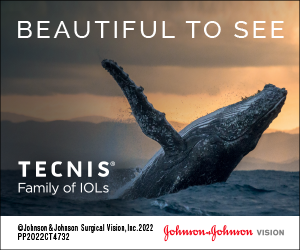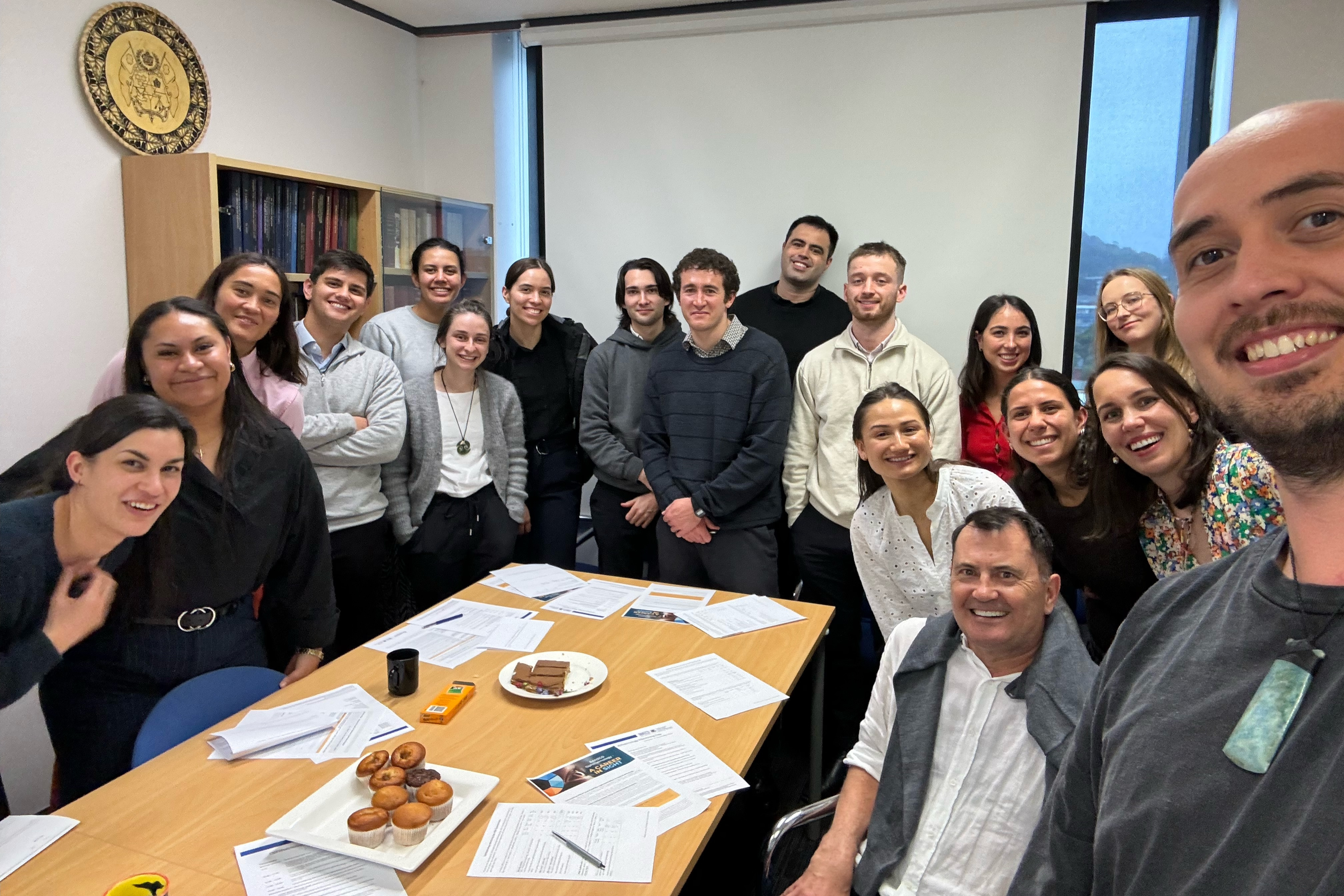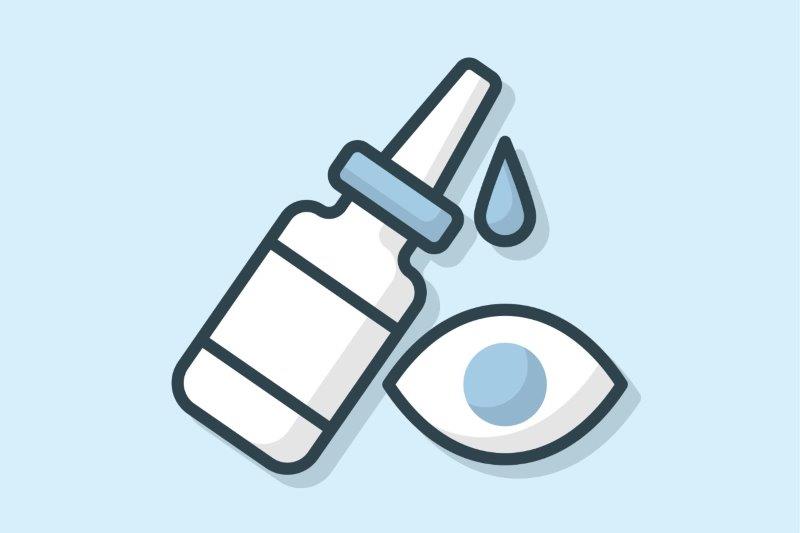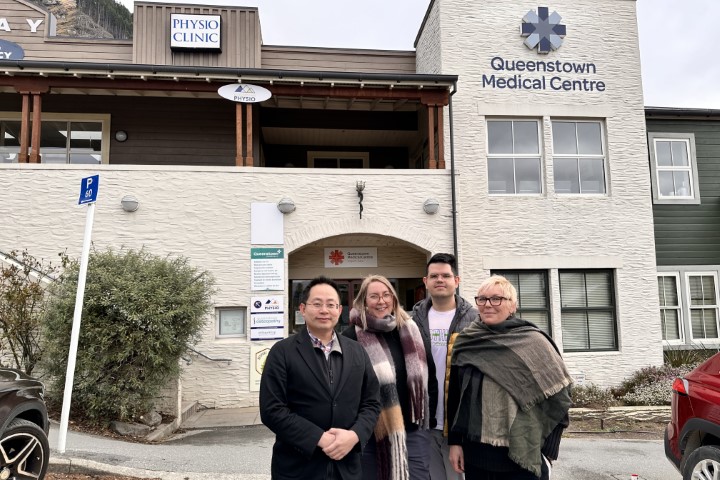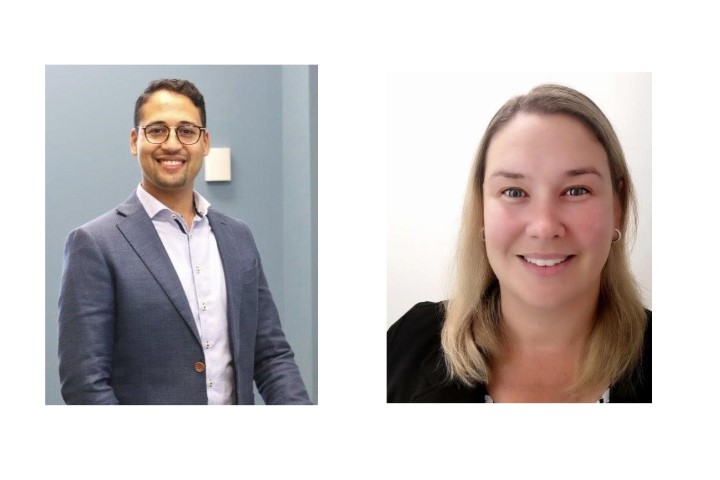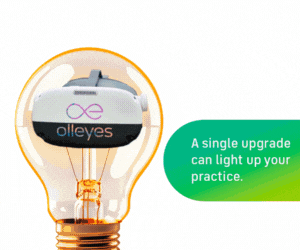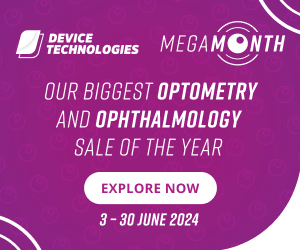Report reveals NZ’s myopia crisis
A new survey by the Australia and New Zealand Child Myopia Working Group found 28% of New Zealand’s under-18s have never visited an optometrist for an eye check – a figure unchanged since a similar 2018 survey.
The Australia and New Zealand Child Myopia Report 2022/23 – Reducing the Risk to Vision also found 58% of New Zealand parents with children aged 0-17 years do not know myopia refers to short-sightedness, an improvement on the 2018 figure of 69%. However, 45% of North Island parents knew this, compared to just 29% of South Islanders surveyed, and among Kiwi parents of myopic children, 53% do not understand the condition’s effect on vision.
New Zealand parents are now more likely to have a child diagnosed with myopia than in 2018 (21% vs 15%), which authors noted tallies with the findings of a large Chinese study which found prevalence increased almost 400% in six-year-olds during the Covid-19 pandemic.* “Spending time outdoors appears to have a protective effect against myopia onset. Given that outdoor play is free, ‘more green time, less screen time’ is a timely reminder for moderation in an increasingly digital world,” said New Zealand optometrist and founding member of the Child Myopia Working Group, Jagrut Lallu. Among the working group’s other Australasian eyecare professionals are Dr Rasha Altaie, vice president of the Cornea and Contact Lens Society of New Zealand, and Wellington optometrist Andrew Sangster.
In the report’s foreword, Dublin paediatric ophthalmologist Professor Ian Flitcroft said he hoped the report would provide impetus for and inform a new standard of care for myopia in the region. “Setting a new standard of care is critical to moving myopia management from a service offered by a minority of eyecare practitioners to being universally available. Only then will the full public health benefits of reducing the prevalence and impact of myopia be achievable.”
The survey was commissioned by CooperVision ANZ and carried out by YouGov Research in June 2022. It canvassed 513 New Zealand parents and 1,039 Australian parents with a child aged 17 years or younger living at home. The following is the standard of care proposed by the group:
- Use a myopia management programme for patients with pre myopia or myopia based on the best available evidence
- Explain to patients and their parents or carers what myopia is and discuss the increased risks to long term ocular health associated with myopia
- Discuss, formulate and implement an agreed management plan with the parent or carer and patient (child), including discussion of the evidence-based available myopia management options to mitigate axial length elongation; risks (lifestyle and family history) of myopia progression; provision of verbal and written information describing the risks and benefits of treatment, duration of treatment, review frequency, when to cease treatment and rebound effects
- Document a review/recall for patients with myopia that demonstrate progression
- Monitor the impact of treatment
- Recognise personal limitations and refer patients to a suitable optometrist or
ophthalmologist if the required myopia management services cannot be provided
See the full report here
Essilor backs WSPOS myopia education programme
In related news, the World Society of Paediatric Ophthalmology and Strabismus (WSPOS) independent medical education programme on myopia management was launched in November, with EssilorLuxottica announcing it is a gold-level supporter.
The programme ‘Comprehensive update on myopia management’ is a four-hour virtual interactive live symposium for eyecare practitioners to review the latest WSPOS myopia management guidelines, discuss how to navigate treatment options and share advice on how to best manage patients.
Dr Ken Nischal, WSPOS co-founder and professor of ophthalmology at the University of Pittsburgh School of Medicine, US, said, “I would urge all eyecare practitioners to sign up for this programme, led by a myopia management expert faculty, including WSPOS leadership, to adopt myopia management and help reduce the burden of related vision-threatening complications for their patients.”
More educational content will be released in early 2023, he said.
*For more, see www.nzoptics.co.nz/articles/archive/the-role-of-peripheral-defocus-in-managing-quarantine-myopia/





